SureFire SOCOM-4 Series—A New Fighting Suppressor
Fountain Valley, CA—SureFire, LLC, manufacturer of the world’s finest—and most innovative—illumination tools and…
Fountain Valley, CA—SureFire, LLC, manufacturer of the world’s finest—and most innovative—illumination tools and…
Shinenyx—creators of a cutting-edge fusion of digital night vision and thermal imaging technology—has…
German Precision Optics’ Passion APO is a high-performance compact spotting scope designed and…
The Mod-Navy Qual I’ve been doing this qual (or drill, or whatever the current nom…
• Built for road trips and off-road use• Manual transmission equipped• Wrapped in MultiCam Arctic…
I designed the Button Man to give shooters a low-round-count, low-light-engagement drill that involved both…
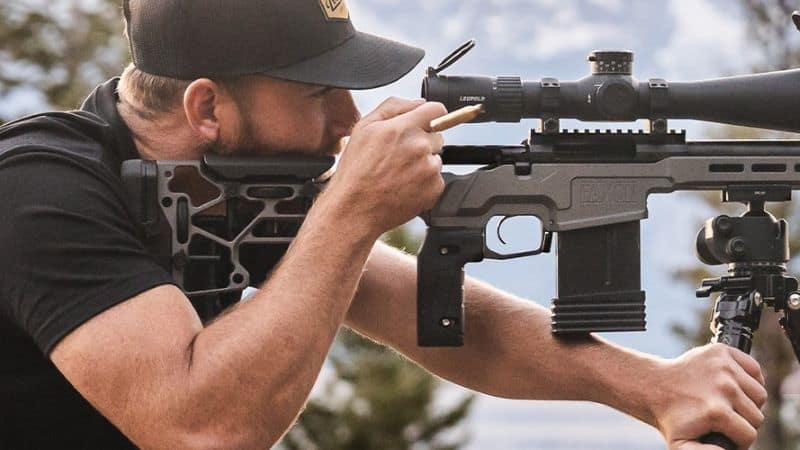
Ballistics and effective range can be a tricky subject to get into, especially when you’re working with a caliber that isn’t as common as some. Luckily Faxon has covered and provided this nifty ballistic breakdown. Let’s dive into the effective range of 6.5 Creedmoor.
The maximum effective range of the 6.5 Creedmoor is roughly 1,200 yards, depending on ammunition, rifle platform, and the shooter’s ability to make precision hits at a distance. If you’re hunting with the 6.5 Creedmoor, the maximum effective range for an ethical kill is roughly 500 yards. The effective range represents the furthest distance at which a firearm can accurately and reliably hit a target, maintaining sufficient kinetic energy for its intended purpose. For the 6.5 Creedmoor, achieving an effective range involves more than mere distance; it requires precision, power, and the ability to meet specific objectives, whether in hunting or competitive shooting.
Barrel Length’s Impact: The length of the barrel directly influences the bullet’s velocity and stability. Longer barrels allow for a more complete burn of propellant, increasing the bullet’s velocity and potentially its range. However, shooters must balance these benefits against factors like maneuverability and overall rifle weight.
Kinetic Energy Considerations: Kinetic energy, crucial for determining the effective range, especially in hunting, depends on the bullet’s mass and velocity. The energy delivered at the target must be sufficient to achieve the desired outcome, making understanding and maximizing kinetic energy essential for extending the effective range.
External Ballistics and Its Effects: After a bullet exits the barrel, external factors such as wind, air pressure, and temperature influence its trajectory. Understanding how these elements affect the bullet’s path is vital for accurately estimating and adjusting for effective range.
Bullet Design and Its Influence: The 6.5 Creedmoor’s bullet design, particularly its ballistics coefficient, plays a significant role in its ability to maintain velocity over distance. Bullets with higher ballistics coefficients are more aerodynamically efficient, reducing air resistance and extending the effective range.

Kinetic energy, fundamentally, is the energy a bullet carries as it moves towards its target. This energy is crucial in determining the effective range of the 6.5 Creedmoor, as it directly impacts the bullet’s ability to perform its intended task upon impact.
The formula for kinetic energy, ½ mv-squared, where m is the mass of the bullet and v is its velocity, highlights the significant role velocity plays in kinetic energy and, consequently, in effective range.
The terminal performance of a bullet—its effect on the target upon impact—is largely a function of its kinetic energy.
High kinetic energy at the point of impact ensures that the bullet has sufficient force to penetrate and cause the desired level of damage, whether for hunting or ballistic performance.
In hunting scenarios, for instance, a bullet must deliver enough kinetic energy to ensure a humane, ethical kill.
As a bullet travels, it loses velocity due to air resistance and decreases kinetic energy.
The rate of this energy loss determines the effective range of the 6.5 Creedmoor. Bullets designed for long-range shooting, such as those commonly used in 6.5 Creedmoor cartridges, are engineered to retain as much kinetic energy as possible over longer distances.
This retention capability extends the cartridge’s effective range, making it a preferred choice for long-range shooting disciplines.
Bullet design plays a pivotal role in kinetic energy retention.
Factors such as the bullet’s shape, mass, and ballistic coefficient influence how efficiently it can maintain its velocity and, by extension, its kinetic energy over distance. Bullets with higher ballistic coefficients experience less drag and can therefore retain more kinetic energy at longer ranges.
Shooters aiming to maximize the effective range of their 6.5 Creedmoor must consider ammunition selection carefully. Choosing bullets with optimal designs for kinetic energy retention is crucial.
Additionally, understanding the ballistic properties of different loads can help shooters make informed decisions that enhance their rifle’s performance across varying distances.

Rifle configuration plays a pivotal role in maximizing the effective range of the 6.5 Creedmoor. From the precision of the bolt action mechanism to the length and make of the barrel, each aspect of a rifle’s design directly impacts its accuracy, stability, and overall performance at long distances.

Bolt action rifles, known for their precision and reliability, are particularly well-suited for the 6.5 Creedmoor cartridge. The mechanism of a bolt action rifle ensures a tight lockup of the cartridge in the chamber, leading to consistent bullet velocity and trajectory. This consistency is crucial for long-range shooting, where even minor variations can significantly affect accuracy.
The barrel is another critical factor in rifle configuration. Its length, twist rate, and material affect the bullet’s velocity and stability. A longer barrel generally allows for more complete powder burn, which can increase bullet velocity and, consequently, kinetic energy at the target.
Among the top contenders for the best 6.5 Creedmoor rifles, especially for competition shooters, stands the Faxon FX7.
This bolt-action rifle exemplifies precision engineering, offering shooters an unparalleled combination of accuracy, reliability, and performance. The Faxon FX7 is designed with a heavy, fluted barrel that not only aids in heat dissipation but also contributes to its exceptional accuracy over long distances.
Its ergonomic design and customizable features make it a preferred choice for shooters looking to achieve top-tier performance in competitive settings.
To fully harness the capabilities of the 6.5 Creedmoor, shooters must consider their rifle’s configuration carefully. The Faxon FX7 bolt action rifle serves as an exemplary model of what to look for in a competition-grade firearm.
Its superior design and construction cater to the demanding needs of precision shooters, making it a standout choice for those aiming to push the limits of their 6.5 Creedmoor’s effective range.
The 6.5 Creedmoor has revolutionized the hunting world with its exceptional accuracy, flat trajectory, and manageable recoil.
Its versatility across a range of game sizes makes it a preferred choice for hunters seeking a cartridge that combines long-range precision with effective terminal performance. Whether targeting deer, elk, or smaller game, the 6.5 Creedmoor delivers the necessary kinetic energy and accuracy at distances beyond what traditional hunting calibers can achieve.
However, hunters must understand the ethical considerations of ensuring a humane kill, which requires precise shot placement and understanding the cartridge’s limitations based on the game size and distance.
In the realm of competitive shooting, the 6.5 Creedmoor stands out for its exceptional ballistic coefficients and reduced wind drift.
Its accuracy at long ranges makes it a dominant force in precision rifle competitions. Shooters appreciate the cartridge’s ability to maintain tight groupings at distances exceeding 1,000 yards, a testament to its design and performance.
The 6.5 Creedmoor’s efficiency in recoil management also allows shooters to maintain sight picture and make quicker follow-up shots, a critical advantage in competition settings.
While the 6.5 Creedmoor excels in many aspects, understanding its limitations is crucial for effective application.
One consideration is the choice of bullet weight and design, which must be matched to the specific task, whether hunting or target shooting, to optimize performance.
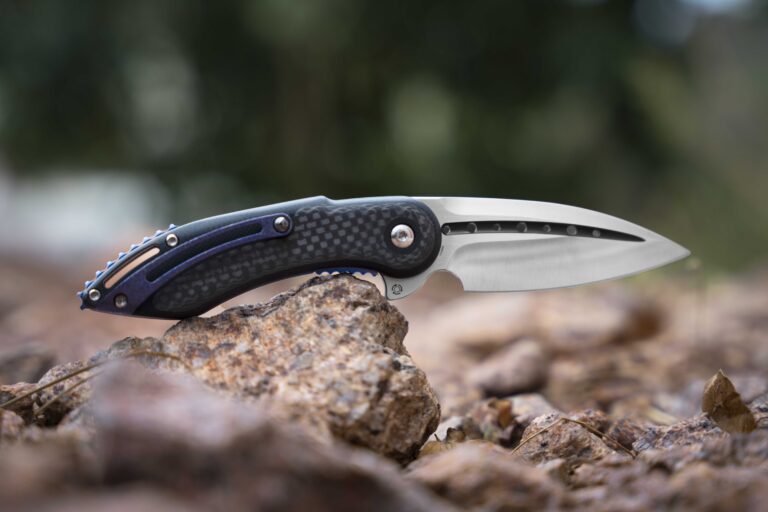
Based in Petaluma, California, Begg Knives consists of a highly skilled group of craftsmen who specialize in creating limited runs of knives that combine exotic materials, modern alloys,…
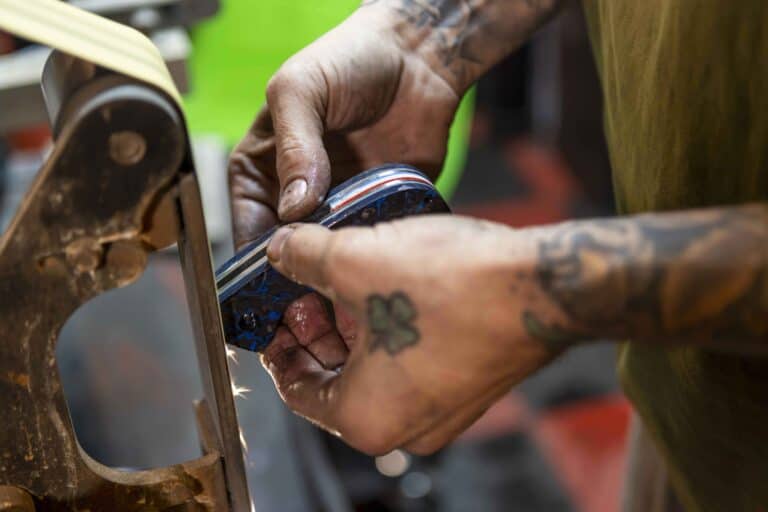
In the heart of the Arizona desert, Adam Gable dedicates his days to the craft of creating custom knives. As the artist behind Arma Tool Company’s knives, he…
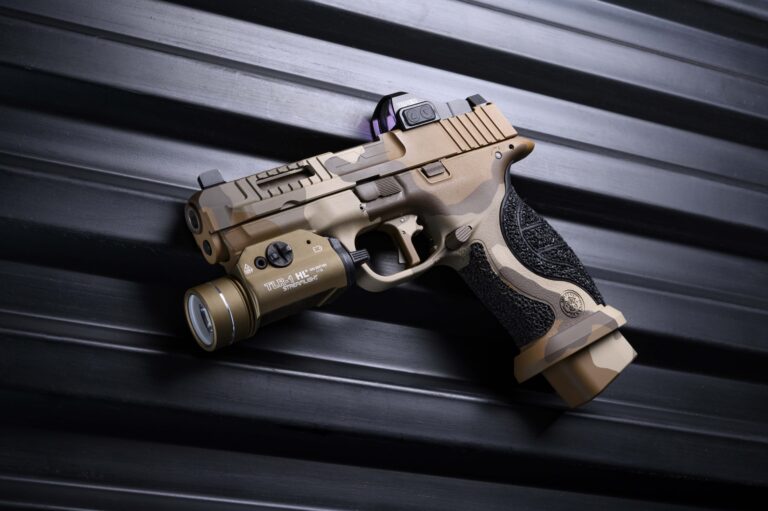
When Smith & Wesson first released its line of polymer striker-fire M&P pistols back in 2005, Glock was by far the reigning favorite among polymer pistol shooters. For…
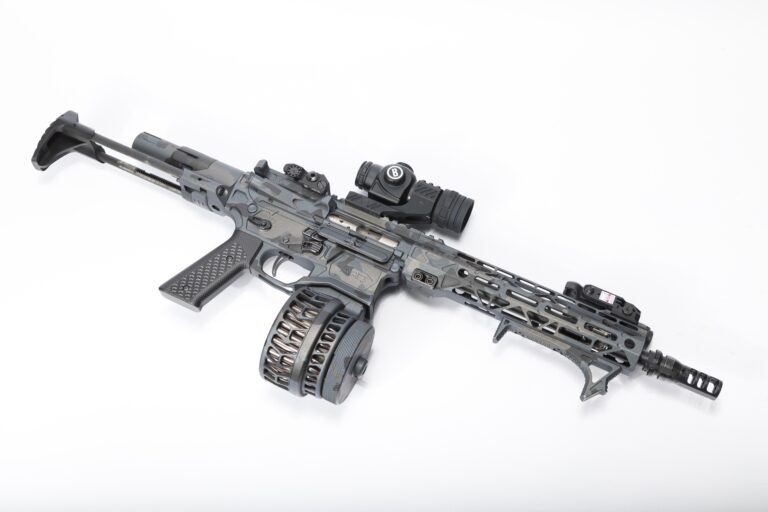
PDWs are a hot commodity these days and for good reason. Pandemics, political strife, social unrest, and societal upheaval are on their own enough to set most reasonable…
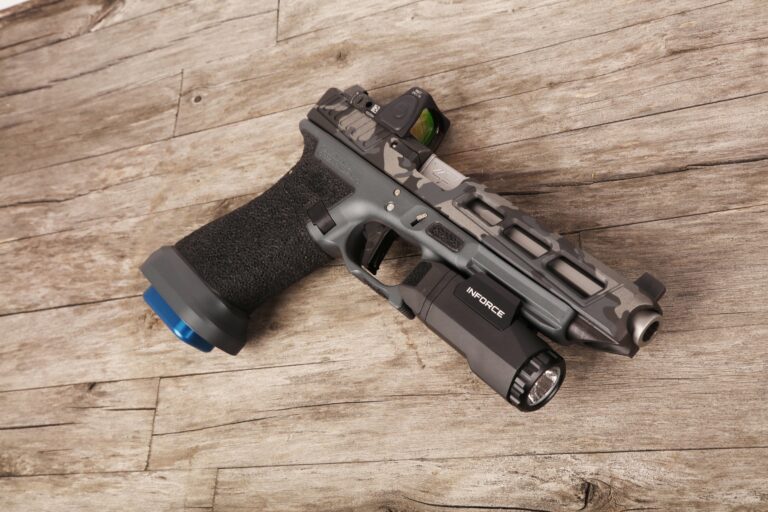
“Old habits die hard.” That’s a nugget of wisdom you have probably heard before. Maybe it was your dad who said it, maybe it was Grandpa. Maybe it…
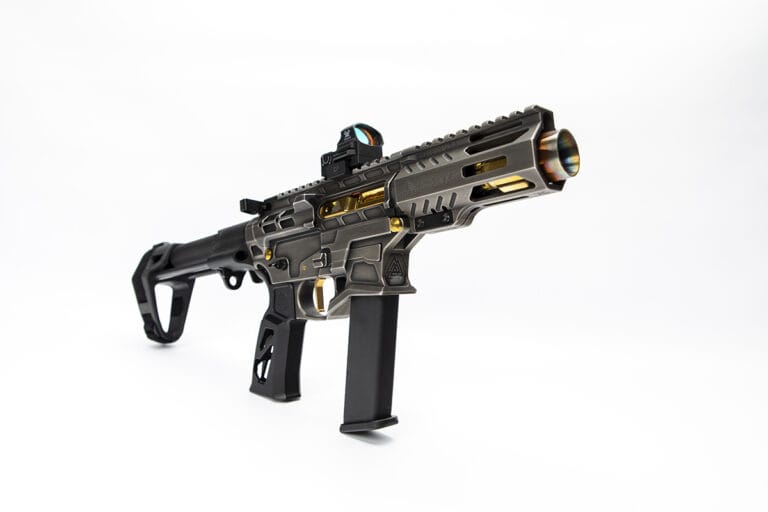
• Iron City Rifle Works’ shortest AR PCC• ICRW Berserker9 billet receiver set• A Nick Kurzawski design Like almost anything else, the term personal defense weapon (PDW) might…
© 2025 UN12 Magazine
© 2025 UN12 Magazine
Wait! Don’t forget to